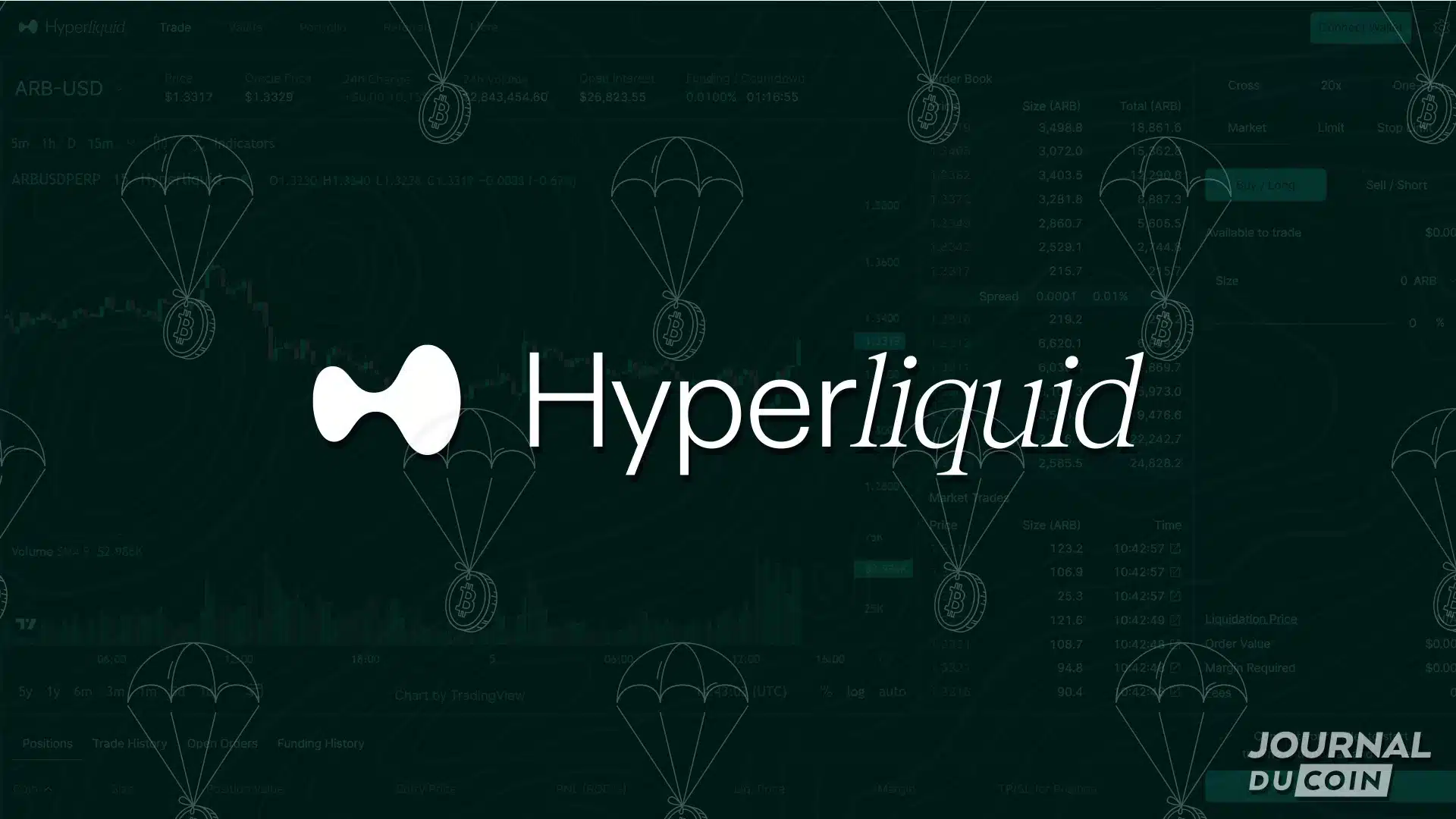Key Insights:
- Bitget’s CEO, Gracy Chen, criticized Hyperliquid’s Handling of the Jelly Token Incident on its platform, calling it immature and unprofessional.
- A Trader exploited Hyperliquid’s liquidation system, successfully pumping the market capitalization of the Jelly Token.
- Hyperliquid has faced growing criticisms for various reasons ranging from its Product design to lapses in its regulatory framework.
Bitget’s CEO, Gracy Chen, criticized Hyperliquid’s handling of the Jelly Token Incident, which exploited the exchange’s liquidation System.
The CEO shared her observation of the episode on her X page, calling the exchange unprofessional and saying it was another FTX in the making.
“ Hyperliquid may be on track to become #FTX 2.0. How it handled the $JELLY incident was immature, unethical, and unprofessional, triggering user losses and casting serious doubts over its integrity. Despite presenting itself as an innovative decentralized exchange with a bold vision, Hyperliquid operates more like an offshore CEX with no KYC/AML, enabling illicit flows and bad actors.” Gracy Stated.
Hyperliquid did not comment at the time of this report following Bitget’s CEO’s scathing criticism.
The Jelly Token Incident
A trader using hyperliquid placed a massive $8 million short on Jelly and went on to exploit Hyperliquid’s liquidation system, causing the exchange a huge initial loss. A Crypto influencer shared the entire episode with details on how it happened and how the exchange handled it.
Following the manipulation, Jelly’s market Capitalization soared from $10 million to $50 million. Hyperliquid responded tacitly to the manipulation, turning a potential multimillion-dollar loss into a $703K profit. The episode exposed the risks in decentralized perpetual exchanges, such as oracle manipulation and liquidity issues.
Hyperliquid Faces Growing Reprimand
The criticism of Bitget’s CEO adds to the growing faults in the Hyperliquid platform, which is pointed out by the crypto community.
The exchange has been criticized for flaws, ranging from a product design flaw to a lapse in regulatory approach. Gracy Chen revealed alarming deficiencies in the platform’s product design, such as mixed vaults that expose users to systemic risk and unrestricted position sizes that allow manipulation. She believes the Jelly Token incident will continue unless these flaws are fixed, as the episode has set a bad precedent.
Read Also: Fidelity Investments Joins the Stablecoin Race, Set to Launch One
Hyperliquid stands out from other exchanges by combining the best of a Centralized and Decentralized Exchange under a custom-built layer 1 Blockchain. The exchange has unique features like zero gas fees and a Hyperliquid vault, allowing users to deposit USDC and share in trading revenue.
The Exchange is self-funded with zero venture capital backing or Private investor allocations. Hyperliquid’s daily transaction volume has doubled since the start of 2025, reaching $470 million as of February 3.


